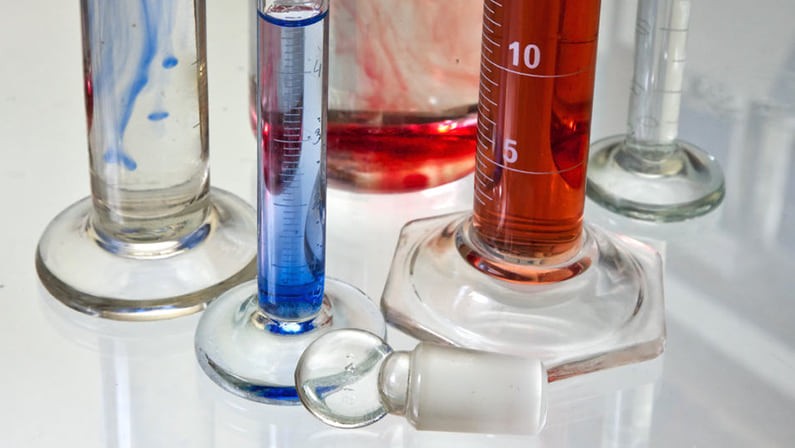
Testosterone Administration During Energy Deficit Suppresses Hepcidin and Increases Iron Availability for Erythropoiesis
Context: Severe energy deprivation markedly inhibits erythropoiesis by restricting iron availability for hemoglobin synthesis.
Objective: The objective of this study was to determine whether testosterone supplementation during energy deficit increased indicators of iron turnover and attenuated the decline in erythropoiesis compared to placebo.
Design: This was a 3-phase, randomized, double-blind, placebo-controlled trial.
Setting: The study was conducted at the Pennington Biomedical Research Center.
Patients or Other Participants: Fifty healthy young males.
Intervention(s): Phase 1 was a 14-day free-living eucaloric controlled-feeding phase; phase 2 was a 28-day inpatient phase where participants were randomized to 200 mg testosterone enanthate/week or an isovolumetric placebo/week during an energy deficit of 55% of total daily energy expenditure; phase 3 was a 14-day free-living, ad libitum recovery period.
Main Outcome Measure(s): Indices of erythropoiesis, iron status, and hepcidin and erythroferrone were determined.
Blood collection: Fasting blood samples were collected on days 0, 14, 42, and 56 between 6:00 am and 9:00 am. Total testosterone, estradiol, and serum ferritin were measured using an automated immunoassay instrument (Siemens Medical Solutions USA Inc., Malvern, PA). Free testosterone was calculated (16). Hemoglobin was measured using the Beckman Coulter DxH (Beckman Coulter, Brea, CA). Hematocrit was calculated by multiplying red blood cell count by mean cell volume. Erythropoietin and soluble transferrin receptor (sTfR) (R&D Systems Inc., Minneapolis, MN), serum hepcidin (high-sensitivity, DRG International, Springfield, NJ) and erythroferrone (ERFE) (Instrinsic Life Sciences, La Jolla, CA) were determined using enzyme-linked immunoassays. Interleukin-6 (IL-6) was determined using a kit (Millipore, Burlington, MA) and read on a Luminex instrument. Intra- and interassay coefficient of variation for enzyme-linked immunoassays were EPO (5.2% and 8.3%), sTfR (6.4% and 7.1%), hepcidin (4.1% and 14.4%), ERFE (11.0% and 15.0%), and IL-6 (5.0% and 20.0%), respectively.
All assays were conducted by Pennington Biomedical Research Center. Pennington Biomedical Research Center follows good clinical practices and is accredited by the College of American Pathologists. All assays were run with standards and appropriate quality control material. In addition, Pennington Biomedical Research Center runs external proficiency samples and results are compared with other laboratories across the country.
Results: Hepcidin declined by 41%, indicators of iron turnover increased, and functional iron stores were reduced with testosterone administration during energy deficit compared to placebo. Testosterone administration during energy deficit increased circulating concentrations of erythropoietin and maintained erythropoiesis, as indicated by an attenuation in the decline in hemoglobin and hematocrit with placebo. Erythroferrone did not differ between groups, suggesting that the reduction in hepcidin with testosterone occurs through an erythroferrone-independent mechanism.
Conclusion: These findings indicate that testosterone suppresses hepcidin, through either direct or indirect mechanisms, to increase iron turnover and maintain erythropoiesis during severe energy deficit. This trial was registered at www.clinicaltrials.gov as #NCT02734238. (J Clin Endocrinol Metab 105: 1–7, 2020)
Call Us Now! A Representative Is Standing By To Help.

